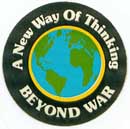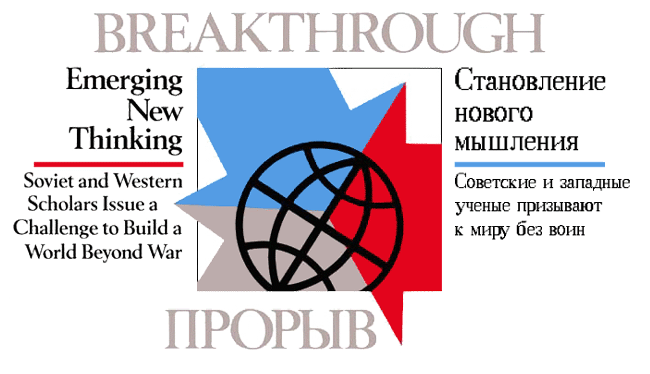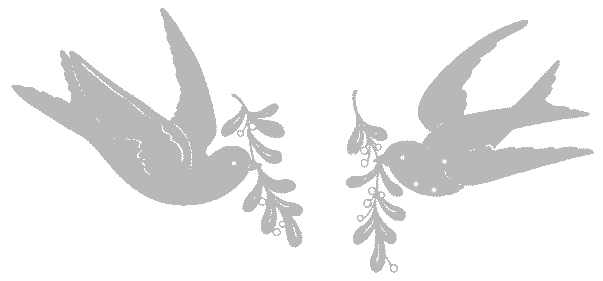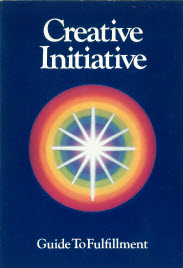
Foundation History
~ ~ ~ Education ~ ~ ~
It is about the awe of the journey and each citizen's responsibility for our future.
From stardust to us
It's author, Dr. Sidney Liebes, professor of physics and Hewlett Packard senior scientist, led other Foundation volunteers to put this story on the Web as a rich and deeply meaningful context for identifying and addressing the most critical issues of our shared future.
~ ~ ~ Beyond War ~ ~ ~

Together We Can
1985
Building an effective movement spanning oceans, the women, men, and youth communicated about the obsolescence of all war in this nuclear age, our interdependent lives on this one planet, and the discoverable process for changing our modes of thinking that begins with ones' personal decision.
1983-1990
The Beyond War Movement of the 1980s, based on the San Francisco Peninsula, had over 24,000 active members in twenty-three states and internationally, understanding that war had become obsolete and all conflicts must be resolved without violence.
Volunteer citizen-educators hosted thousands of "Interest Evenings" and hundreds of "Orientation" meetings in living rooms and classrooms across the United States, and in Canada and Germany.

Emerging New Thinking
1988
The Foundation brought together over 30 Soviet and American scholars to co-produce and simultaneously publish Russian and English editions of Breakthrough: Emerging New Thinking — Soviet and Western Scholars Issue a Challenge to Build a World Beyond War.
This historic publication was one event that marked not only the end of an era but also the foundation for a profound change in the way we understand the planet as an interdependent system.
The Israeli-Palestinian
Framework for a Public Peace Process
1991
In a historic breakthrough, together they created the first signed, although non-binding, document that defined a mutually agreeable settlement and forever clarified that any government success required popular, sustained citizen engagement and creativity to model the future.

The Armenia-Azerbaijan Initiative
1993-1997
It was a step and model for resolution of their eight year conflict and its more than one million displaced persons.
In Winter 1992, both the Armenian and Azerbaijani Ambassadors to Moscow requested the involvement of non-governmental organizations to find creative solutions to their apparently irreconcilable conflict and war.
~ ~ ~ Arts ~ ~ ~
1971-1976
Original music, dance, costumes, banners, and symbols enriched this public celebration that coincided with United Nations Human Rights Day, December 10th.
To communicate the unity of humankind, over a thousand women, men, and youth of the Creative Initiative Foundation volunteered their amateur talents and imaginations, including for creations of the hand-sewn flags of 148 nations adorned the lobby and stage of the 3,000-seat Masonic Auditorium in San Francisco.
1972
It depicted in art forms -- music, dance, symbol, and dialogue - a way toward reconciliation of the opposites, and a decision to resolve conflicts without violence.
The creative, cooperative efforts of 1000 people have produced this play - each person using his talents and energies where they were most needed.

Foundation Symbols
1971-1979
Mostly in Silicon Valley and the San Francisco Bay Area, families and individual participants were also working across the U.S. and in Canada.
These are some of the symbols that emerged from and inspired the women, men, and youth of this learning community and beyond.
~ ~ ~ Publication ~ ~ ~
The intention was to outline principles which govern the process by which individuals, and subequently communities, reach the highest they can become.


